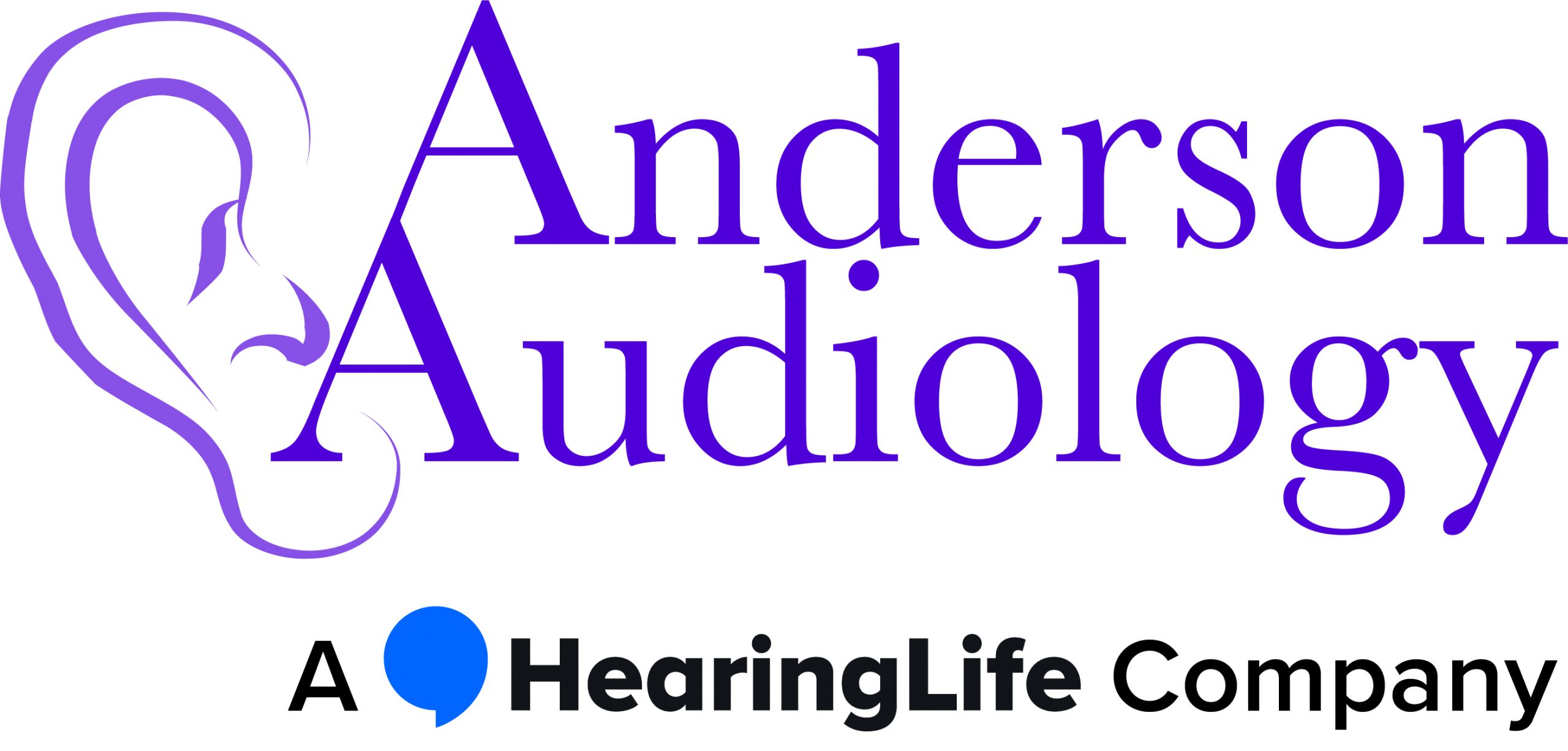In a world dominated by verbal interactions, we often overlook the profound impact of nonverbal communication. While verbal communication plays a crucial role in our daily lives, it is equally important to recognize the significance of nonverbal cues, especially when interacting with individuals who are hearing impaired.
It is estimated that by 2050 over 700 million people – or 1 in every 10 people – will have disabling hearing loss. Understanding how nonverbal communication can help to bridge the gap between those with hearing disabilities and those within the hearing world, will go a long way in promoting understanding, empathy, and inclusion.
Beyond Words: Understanding Nonverbal Communication
Nonverbal communication encompasses various aspects such as facial expressions, body language, gestures and eye contact. These nonverbal cues are universal and can convey emotions, intentions and attitudes without the need for words.
For hearing-impaired individuals who rely on visual cues, understanding and interpreting nonverbal communication becomes even more critical.
Enhancing Communication with Sign Language
Sign language is a rich and complex visual-gestural language used by the deaf community. By learning even a few basic signs, individuals can create a bridge of communication, enabling meaningful interactions with hearing impaired individuals. Using sign language displays respect, effort and a genuine desire to connect on their terms.
Facial Expressions and Emotion
Facial expressions play a vital role in nonverbal communication, reflecting a wide range of emotions. A smile, a furrowed brow, or a raised eyebrow can convey happiness, confusion, surprise, or concern.
For those who are hearing impaired, observing facial expressions allows them to gauge the emotional context of a conversation, filling in the gaps left by the absence of sound.
Body Language and Posture
Body language can reveal a wealth of information about a person’s mood, intentions, and level of engagement. For example, open and relaxed postures convey warmth and approachability, while crossed arms might indicate defensiveness or discomfort.
Being mindful of our body language and observing the cues of hearing-impaired individuals fosters an environment of trust and understanding.
Visual Cues and Context
Nonverbal cues are particularly crucial in conveying information. They help individuals comprehend the nuances of a situation, including tone, sarcasm, or irony, which can be lost in written communication or lip-reading.
When engaging with hearing impaired individuals, providing clear visual cues, such as exaggerated gestures or miming, can enhance their understanding and overall experience.
By embracing nonverbal communication, we demonstrate empathy and create a more inclusive environment for people with hearing loss. When we make an effort to understand and adapt to their communication needs, we bridge the gap between different worlds and foster connections built on mutual respect and understanding.
All of us express ourselves using nonverbal cues by instinct, however mastering the art of nonverbal communication takes time, awareness, and practice. Being more aware of our own nonverbal cues, enables us to communicate with both hearing individuals and hearing impaired more effectively, as well as create an atmosphere of trust and empathy.
Need Help? Contact Us Today!
If you have a question on your hearing, come in and meet the team at Anderson Audiology. Call us today on 702-997-2964. Alternatively, click here to request an appointment online.

